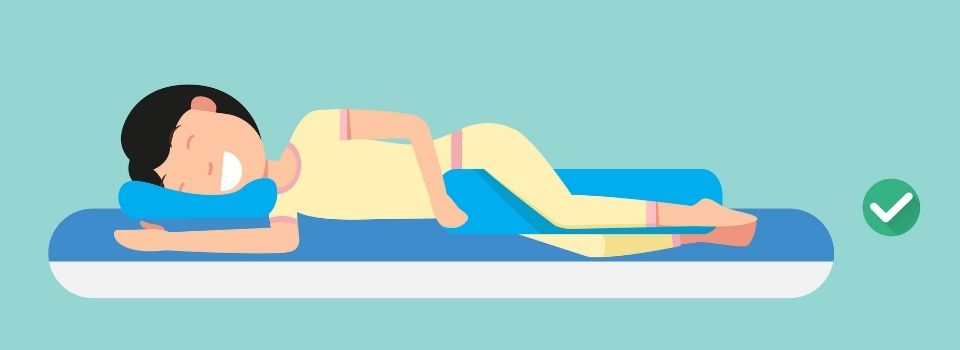Posture can slowly affect many things in daily life, as we are always either standing, sitting, moving or laying. It can affect breathing quality, bone health and even cause pain. So, what does proper posture look like in each of these positions?
Standing is possibly one of the most natural things for most people, but if you are having pain, it may be worth analysing the way you stand. It may sound obvious, but you want to stand tall, with your head straight and eyes forward. Straighten everything out, from your legs and arms to, of course, your spine. A common piece of advice for posture is to imagine there’s a string on top of your head, pulling you upwards.

Sitting posture is on the rise with the invention of ergonomics, but we still have a long way to go with office cultures and the way we sit for long periods of time. If you have a job where you look at, for example, a computer for long periods, it is recommended to have the screen parallel with your eye line, so you don’t have to crane your neck up or down uncomfortably. It can be a pain to adjust computer, desk and chair heights but it is ultimately worth it to avoid a lifetime of discomfort, so take some time to find the correct position for you.

Walk with your head held up high is not just a saying, as you walk you may have a habit of looking down at the ground, this can really negatively affect your neck and cause you pain. Keeping your chin up helps keep your spine straight and reduces neck pain, and is also a very classic confidence boost. Another thing you may have heard a lot, but try not to slouch or lean. It puts unnecessary strain on your body. If your walk still doesn’t feel quite right, shrug your shoulders and let them fall back and relax, it may help to do this multiple times when walking for a while.

If there is one thing we have learned in the past few years, it’s the importance of sleep. Poor sleeping posture can cause detrimental effects like sleep apnea, heartburn and reduced circulation. People like to sleep in countless ways and positions, and it can depend a lot on your circumstance, like the size or quality of your bed if you have a partner or even if you sleep with an animal in the bed. But for sleeping posture specifically, it is usually recommended to sleep on your back or sides, but not the stomach. A pillow between the knees isn’t normally how you might imagine falling into dreamland, but many sleep experts recommend it for side sleepers. As for back sleepers, try to keep your arms in similar positions to each so as not to cause strain on your spine.


